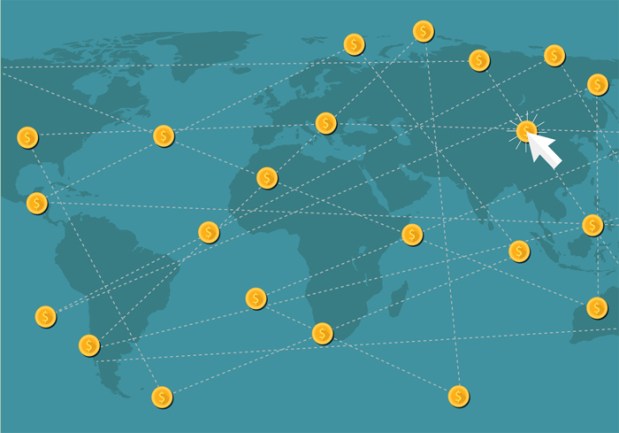The Risks Of A Global Supply Chain Hit New Heights

The supply chain is more global than ever, but according to new research, it’s also riskier than ever, too.
A Financial Times report released Monday (May 11) revealed that the Chartered Institute of Procurement and Supply found near-record risk levels for the corporate supply chain, a finding that deals a blow to the previous trend of receding dangers for corporates doing international business.
The CIPS, a global trade body, released its new quarterly risk index and found that while risk dropped in North America and Western Europe, risk spiked significantly in South America, Asia, eastern Europe and sub-Saharan Africa, according to reports. The report’s overall risk score more than tripled the levels seen in 1994, the year for which data was first collected for the report.
“Supply chains have become a lot more complex in the past 20 year,” John Glen, CIPS economist and senior economics lecturer at the Cranfield School of Management, told reporters. “It’s not necessarily the case that there is more risk out there but that our supply chains touch them more.”
It’s an important distinction that highlights the hyper-connected, borderless world of international trade.
In delving deeper into various jurisdictions, CIPS found that in Latin America, lower prices of some of their main exports are straining suppliers, while Brazil has cut investment in infrastructure over the past two quarters. In the Asia-Pacific region, industrial sectors and Chinese manufacturing are both at risk of defaulting on government loans, reports said, while falling oil prices, which have reduced government revenue, have increased risk in various parts of Africa.
According to reports, the risk factor could have a significant impact on the global economy. The globalization of the supply chain in recent years has not meant that buyers are comfortable with paying higher prices or waiting longer for their products, so manufacturers are expected to navigate complex and often costly multi-jurisdictional practices.
